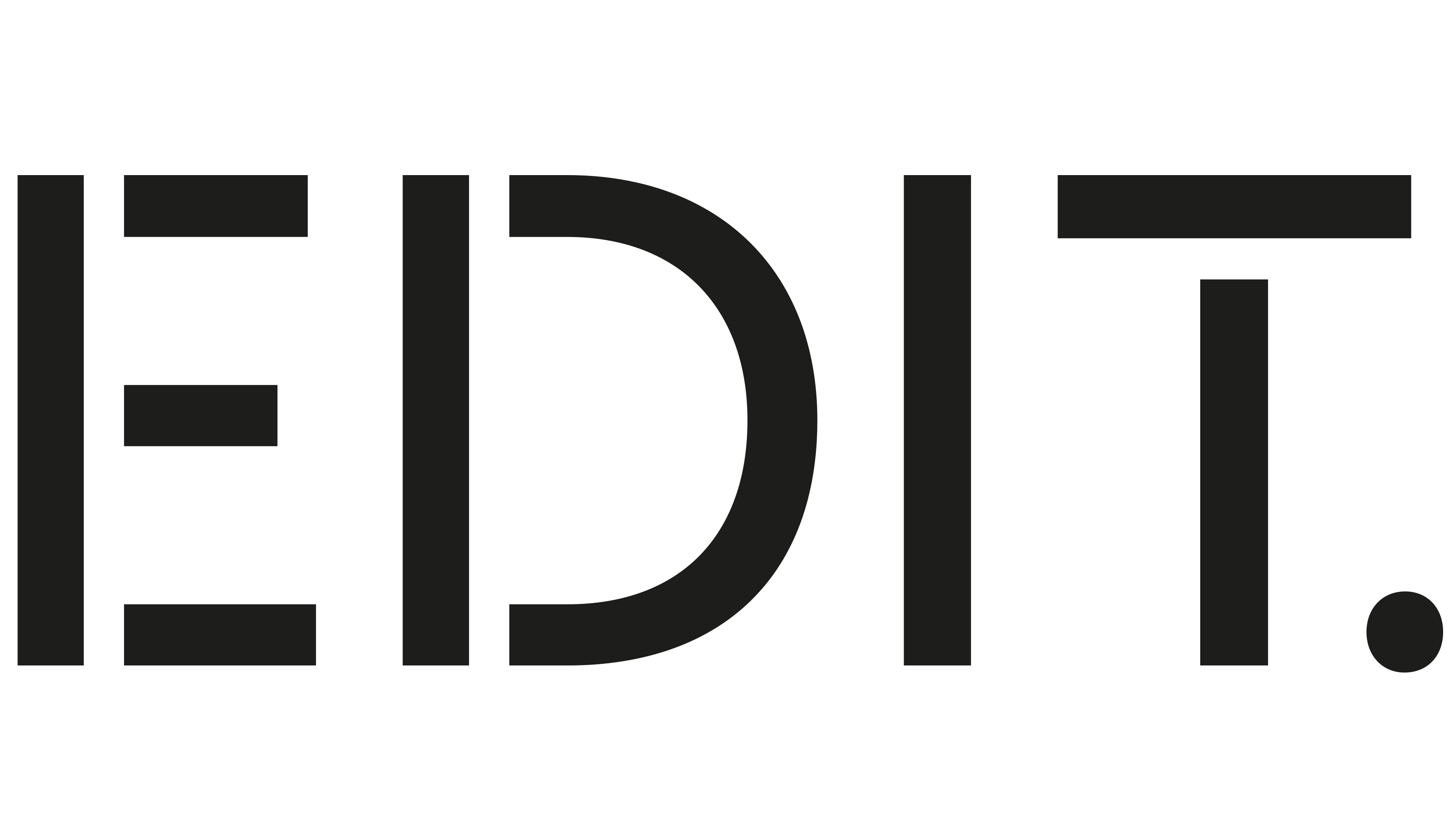You open your phone to check one quick message, and suddenly, it’s been 45 minutes. Your coffee is cold, your to-do list is untouched, and you’ve somehow watched ten videos of cats wearing sunglasses. We all know that feeling. But for students living with ADHD, this endless scroll isn’t just a bad habit — it’s a magnetic trap that feels impossible to escape.
ADHD (Attention Deficit Hyperactivity Disorder) is not about being lazy or careless. It’s about how the brain processes reward and attention. People with ADHD have a brain that craves stimulation and instant feedback. They find it harder to stay focused on boring or repetitive tasks, but they light up when something exciting or new comes along. And what’s more exciting and new than social media? Every post, like, and notification delivers a small hit of dopamine — the same brain chemical that makes us feel good after eating chocolate or achieving a goal.
That’s where the problem begins.
Social media apps are designed to give you dopamine. Every swipe, every “like,” every notification is a small reward that keeps your brain coming back for more. It’s a digital casino in your pocket. For most people, that’s already hard to resist — but for someone with ADHD, it’s like standing in front of an all-you-can-eat buffet of dopamine. The brain keeps saying, “Just one more video.”
Many students with ADHD report spending hours on TikTok, Instagram, or YouTube, often losing track of time completely. The quick, unpredictable bursts of content are perfect for the ADHD brain, which thrives on novelty and constant stimulation. But this also creates a cycle: the more time spent online, the harder it becomes to focus on real-life tasks that don’t offer the same instant reward. Studying for an exam or reading a long text suddenly feels painfully slow.
But here’s the twist — social media doesn’t just attract those with ADHD; it can intensify ADHD-like symptoms even in people who don’t have the disorder. Constant scrolling trains our brains to expect rapid stimulation and instant results. When the brain gets used to this rhythm, real life — which moves slower — feels dull. Concentration drops, restlessness increases, and the line between “using” and “depending” on social media starts to blur.
So, what can students do? First, understanding the trap is half the battle. If you know your brain craves quick rewards, you can build healthier ways to satisfy that craving. Try setting specific “scroll times” during your day instead of opening apps whenever you’re bored. Use apps that limit your screen time or block notifications while studying. You can also replace scrolling with short bursts of other stimulating activities — like stretching, listening to upbeat music, or even doodling. These actions give your brain a mini dopamine boost without dragging you into an endless loop.
Another useful trick is what psychologists call “dopamine stacking.” Instead of relying on social media alone for stimulation, mix it with something productive. For example, play your favorite playlist while cleaning your room, or listen to a podcast while walking. This way, you still get that feel-good spark while completing real-life tasks.
It’s also essential to talk about self-compassion. Students with ADHD often feel guilty or ashamed for “wasting time” online, but shame rarely fixes behavior — it just adds pressure. Remember: social media addiction isn’t about weak willpower; it’s a biological reaction to a perfectly designed system. The goal isn’t to delete all your apps; it’s to regain control and make them serve you, not the other way around.
In the end, the relationship between ADHD and social media is complicated — a mix of biology, technology, and human curiosity. But it’s not hopeless. Our generation has the chance to reshape how we interact with digital spaces. By understanding how our brains work and setting smarter boundaries, we can transform social media from a distraction into a tool — something that connects us, inspires us, and maybe even helps us grow.
Next time you catch yourself scrolling endlessly, pause for a second and ask: Is this really what I want to give my attention to right now? That simple question might just be the key to taking your focus — and your time — back.
Writer: Abdulrahman Turk
Photographer: Adrien Dessy


